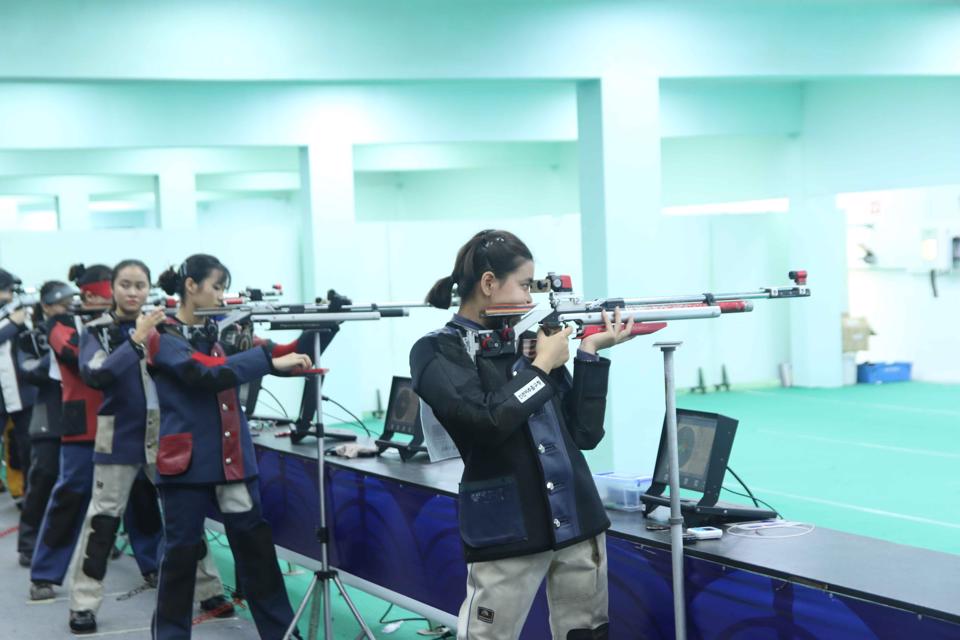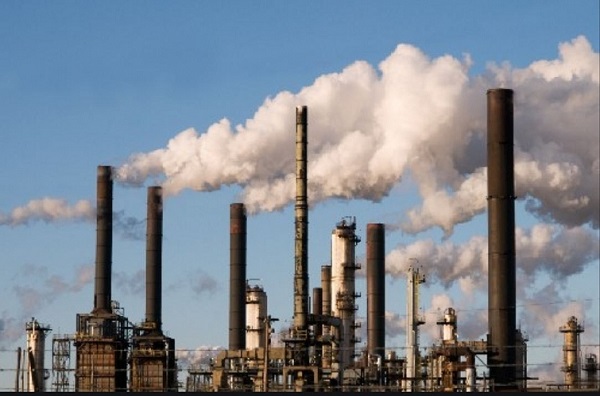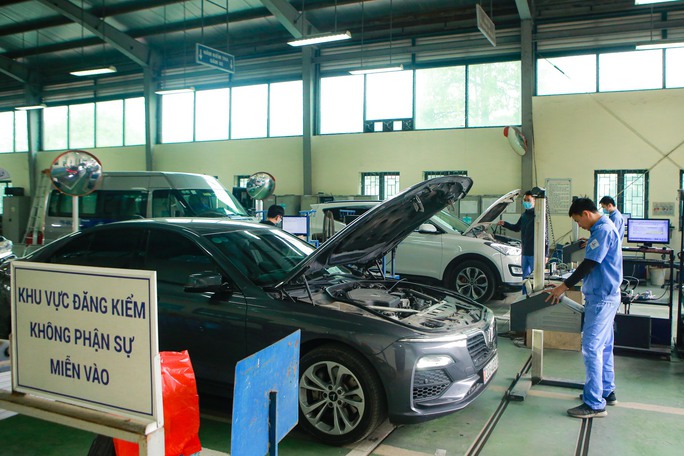Circular No 16/2021/TT-BXD technical regulations on the use of construction equipment in construction.
Regulations on use of concrete construction equipment
Subsection 2.6 of the National technical regulation on construction safety issued together with the Circular No. 16/2021/TT-BXD provides for standards for construction machinery and equipment used in construction activities as follows:
- For large concrete mixers, surrounding protection barriers must be built to prevent people from getting underneath the mixer from lifting.
- Large-sized aromatic mouths, screws or bins of concrete mixers must be covered safely with steel bearing holes (grating plates) to prevent people from falling into.
- In addition to the brake structure in order to stop the mixing, there must be devices to firmly maintain the position of the mixer (or concrete mixing station) when it has been raised.
- Before cleaning the mixing tank of machine (or concrete mixing plant), switch to open the exhaust door, disconnect the electricity and take all preventive measures to prevent the BAT for the employees inside the mixing tank.
- When pouring the concrete by crane or overhead cable, the container must be kept at a position that is far from other objects around the area that may pour concrete (e.g. a protective tower, other equipment in the construction site or a house near the construction site) to prevent the risk of pouring or falling concrete.
- Concrete containers should be moved to appropriate dumping locations.
- The pocket tank(s) is stored and transported by overhead cranes and cable cars and must not be hung by safety devices (comply with regulations on lifting accessories).
- When concrete is discharged from the dump container, the workers must stand outside the oscillation of the dump container.
- Concrete-mixer blowers, surgical housings or concrete conveyor belts:
+ Assembled by a competent person;
NOTE: Competent persons are technical staff of the concrete producers (suppliers) or the persons in charge of constructing concrete of the contractors.
+ Be checked daily by the contractor, concrete manufacturer (supplier) and before each working shift and confirm the operation of the equipment.
- hoists (or cranes) for lifting (or pulling) the pouring tank (or jaw) must be placed in such a place that the operator may watch all aspects of the pouring of concrete (penetrating concrete to the boxes, pulling and pulling concrete, pouring concrete and lowering of barrels)., When the operator of the hoist (or crane) cannot observe one of the steps above, it is required to assign a coordinator to support and guide.
- If the operator of winch (or crane) and the coordinator cannot see the spike (spike), there must be facilities (or equipment) to identify the location of the spike (spike).
- Concrete-mixing tanks in containers must be corrected and maintained in accordance with producers' instructions in order to prevent casings from exposure.
- The scaffold support for the pour must be able to support the pole when containing concrete together with all employees on the scaffold with an safety coefficient of at least 4 (four).
NOTES: Requirements for scaffolding are provided in 2.2.
- Concrete-pump pipes:
+ Be firmly anchored at both ends and bending points;
+ Be equipped with air exhaust valves at positions near the head of the tube;
+ Holding a bolt or equivalent stitch to the snow.

Technical regulations on use of concrete construction equipment in construction
Regulations on installation of engines in construction
According to Sub-section 2.6, Section 2 of the National Technical Regulation on construction safety promulgated together with the Circular No. 16/2021/TT-BXD on regulations on manufacture and installation of engines for construction:
- Engines must:
+ Be fabricated and installed in order to be able to start up safely and not work in excess of the greatest safe speed;
+ Have a control device to control the speed when necessary;
+ Suspension devices, which are placed in safe places and stop the engine in emergency cases.
- The internal combustion engine must not work for a long period of time in restricted space, except the case in which the ventilation and exhaust gas are fully carried out to ensure the health of employees.
- When the internal combustion engine is supplying fuel:
+ Start-up system;
+ Outside the tank must be protected from spilling or dropping off the tank;
+ It is prohibited to smoke or have ceiling fire in the vicinity;
+ There must be appropriate fire extinguisher in good operation state.
- The tanks and containers storing fuel must be placed outside the machine room.
Circular No. 16/2021/TT-BXD comes into force from June 20, 2022.
- Key word:
- National technical regulation
 Article table of contents
Article table of contents








.jpg)

.Medium.png)
.Medium.png)
.Medium.png)
.Medium.png)
